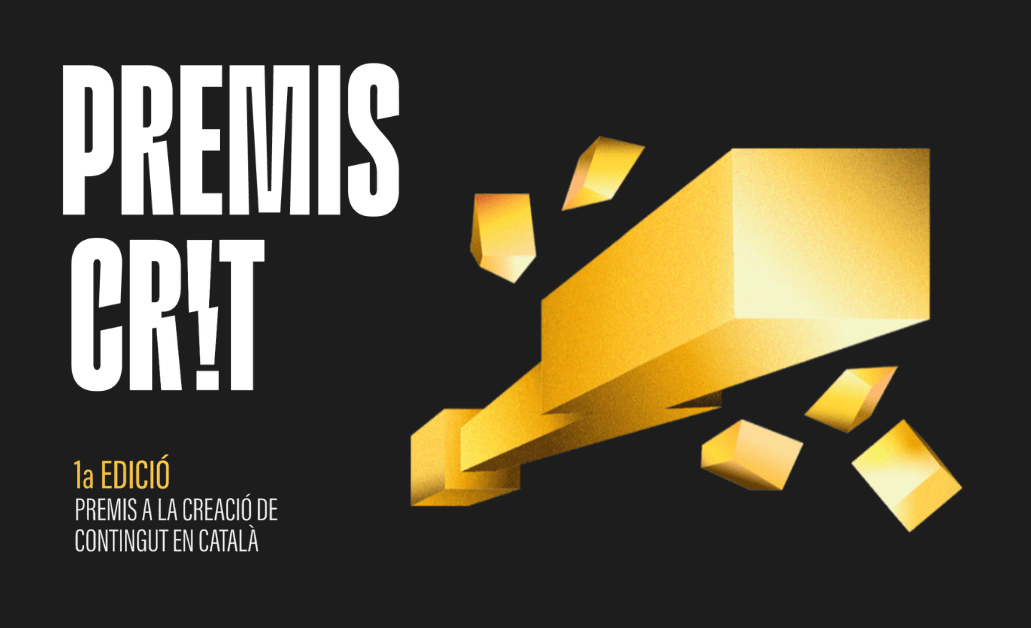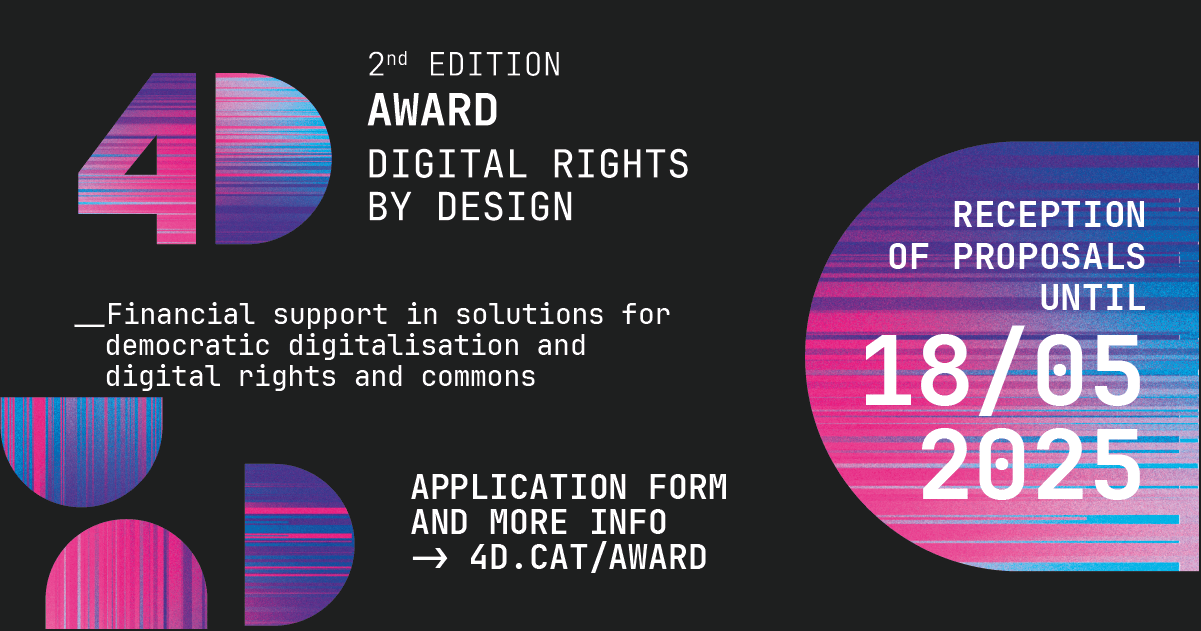Fundació puntCAT presents the new puntCAT Observatory data

Coinciding with International Internet Day, Fundació puntCAT presents the puntCAT Observatory, an analysis of the evolution of the .cat domain shown in graph form. This publication, which will be presented on 17th May each year, aims to increase and expand on the information it provides, including the results of the new studies being conducted by Fundació puntCAT on the demand for Catalan on the Internet.
According to the data collected up to the end of April, there are already approximately 113,000 .cat domains registered. The .cat domain thus grew by 11% as compared with 2015 and 4.5% as compared with the early months of 2016.
As far as geographical distribution is concerned, the .cat domain is present throughout the Catalan-speaking territories. Its greatest impact in Catalonia is in the province of Barcelona, with 79%. Its impact is also noticeable in Girona, with 15%, and lower in the provinces of Lleida and southern Tarragona, which add up to a total of 14% between the two of them. Nearly 3% of all .cat domain names are in the Balearic Islands. Valencia Autonomous Region has a share over 1%, and the rest is divided between Northern Catalonia, Andorra, Franja de Ponent and Alghero in Sardinia. Finally, close to 7% is located in other parts of the world, with a presence in all five continents.
Despite the growth of the .cat domain, there is still much to be done. Compared to the 256 country domains currently in existence, its penetration in the population is significant: we are 37th in Catalonia and 42nd in the Catalan-speaking areas as a whole. In spite of this, its implementation in these territories is only 0.8%; i.e., there is less than one .cat domain for every 100 inhabitants in the Catalan-speaking territories. This figure shows that there is still ample room for growth when compared with domains that have been available for over 30 years.
Beyond the data relating to the domain itself, the puntCAT Observatory also looks at the use of Catalan on the Internet. We have included in this study the latest data from the WICCAC association, which has been providing a monthly indicator of the use of Catalan on websites since 2002. By sector, the highest use of Catalan on the Internet is by universities, NGOs and culture-related sites, among others. With regard to the most widely used apps for mobile devices, only 18% have provided for the use of Catalan.


